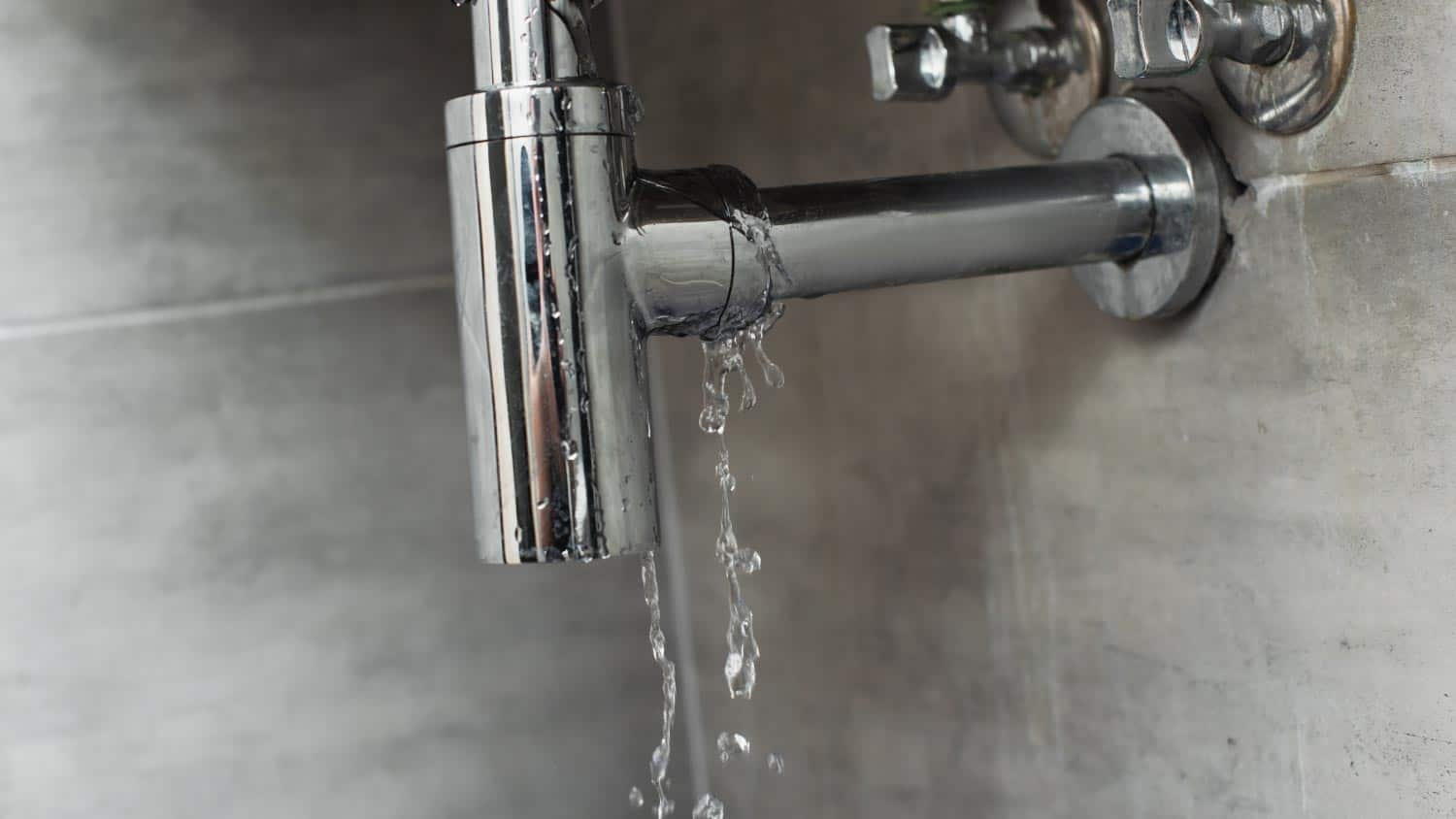6 Ways to Find Concealed Water Leaks in Your House
6 Ways to Find Concealed Water Leaks in Your House
Blog Article
Are you currently trying to find information and facts on Leaking water lines?

Early discovery of leaking water lines can minimize a potential calamity. Some little water leaks might not be visible.
1. Take A Look At the Water Meter
Every house has a water meter. Inspecting it is a proven way that assists you uncover leaks. For beginners, turn off all the water sources. Guarantee no person will flush, utilize the tap, shower, run the washing maker or dishwasher. From there, go to the meter as well as watch if it will certainly change. Because no person is utilizing it, there need to be no movements. That indicates a fast-moving leak if it relocates. If you detect no changes, wait an hour or two as well as examine back once more. This means you may have a sluggish leakage that might also be below ground.
2. Inspect Water Consumption
If you find sudden changes, despite your usage being the exact same, it implies that you have leaks in your plumbing system. An abrupt spike in your costs suggests a fast-moving leak.
A stable boost every month, even with the exact same behaviors, shows you have a sluggish leak that's additionally gradually rising. Call a plumber to thoroughly examine your building, especially if you feel a warm area on your flooring with piping below.
3. Do a Food Coloring Examination
When it comes to water usage, 30% comes from toilets. If the shade somehow infiltrates your bowl throughout that time without flushing, there's a leak between the container and dish.
4. Asses Outside Lines
Don't fail to remember to inspect your exterior water lines also. Should water seep out of the connection, you have a loose rubber gasket. One small leak can lose bunches of water and spike your water bill.
5. Assess the scenario as well as examine
House owners need to make it a behavior to examine under the sink counters and also also inside closets for any type of bad odor or mold and mildew growth. These two red flags indicate a leak so timely interest is needed. Doing routine evaluations, even bi-annually, can save you from a major trouble.
Check for stainings as well as deteriorating as many appliances and also pipes have a life expectations. If you think dripping water lines in your plumbing system, do not wait for it to escalate.
Early discovery of leaking water lines can mitigate a possible catastrophe. Some tiny water leakages may not be noticeable. Inspecting it is a proven method that aids you find leaks. One small leak can lose lots of water and increase your water expense.
If you suspect dripping water lines in your plumbing system, don't wait for it to rise.
The Dangers of Undetected Water Leaks
Mold
One of the most common results of undetected water leaks in your home is mold. Under the right conditions, mold can begin to grow and spread in just a day or two.
Moisture from water leaks combined with humidity and lack of ventilation allow mold spores to germinate and start spreading.
And while household mold doesn’t carry the same health risks as substances like asbestos, they can cause allergic reactions in people sensitive to them or with asthma.
Structural Damage
When water leaks occur in places we can’t see — above the ceiling, behind walls or beneath floors — they often have time to do some serious damage before making themselves known.
You might notice cracks or bubbles appear in your walls or a slow drip or water from the ceiling.
These are signs of water leaks and buildups in the structure of your home. If you don’t jump on these problems soon enough, the wood frame that supports your house could start rotting, leading to costly repairs and increasing the risk of disasters like ceiling or wall collapses.
Water Waste
According to the Alliance for Water Efficiency, the average home can lose anywhere from 2,000 to 20,000 gallons of water per year due to leaks.
High numbers like that might make you imagine a burst pipe spewing out water. But believe it or not, even a small, constant drip from a kitchen sink could add up to over a thousand gallons of wasted water in a single year.
And if you live in a place where you pay for every gallon of water you use, that adds up to a lot of dollars down the drain. So we understand leaks are bad. Let’s take a look at some of the common (and not-so- common) water leaks you might find around your home.
Flush Valve Flapper
The flush valve flapper is a rubber flap that sits above the flush valve at the bottom of the tank. It’s attached to the flusher with a chain. Over time, it can get worn out and lose its seal, causing an endless flow of water into the toilet bowl.
These leaks are hard to detect since they’re usually silent, but there’s a little insider trick you can use with just a little dye or food coloring:
Put a few drops in the toilet tank. Check the water in your toilet bowl 15 minutes later. If any of the color made it into the toilet bowl, you’ll know what the culprit is.
Fill Valve
The fill valve is what replenishes your toilet’s tank water after you flush. If you’ve ever looked inside your toilet tank and seen water gushing out of an upright plastic valve, that’s a faulty fill valve.
https://meetflo.com/blogs/flo/how-to-find-and-repair-water-leaks-a-comprehensive-guide

We had been shown that article on Locating water leaks through an acquaintance on our other web property. Please set aside a second to distribute this blog if you appreciated it. Thanks for your time. Visit us again soon.
Report this page